The winters in Greenland are long, cold, and stormy. For almost seven months of the year frost, ice and snow have a firm grip on Greenland. The people here live in one of our worlds most isolated locations and this is one of the most sparsely populated areas on earth. About 56,000 people live in Greenland and most of them were born here. Since roughly 80 percent of Greenland is covered in ice, most of the people live along the west, east and south coasts. Greenland today has the status of autonomous territory of Denmark with queen Margret II as head of state.
PolarQuest’s expedition leader Gunilla Lindh came to Greenland for the first time in 2013. At the time, she had just sold everything she owned and left a flourishing career in the Scottish financial sector to settle in East Greenland. A whole new world and life was calling. A simpler life closer to nature, in a completely different culture. Her first job in Greenland was within expedition logistics for five-month on the east coast, just north of Ittoqqortomiit. Since then, Gunilla has lived several rounds in Tasiilaq and also lived and worked with the local Inuit hunters in East Greenland.
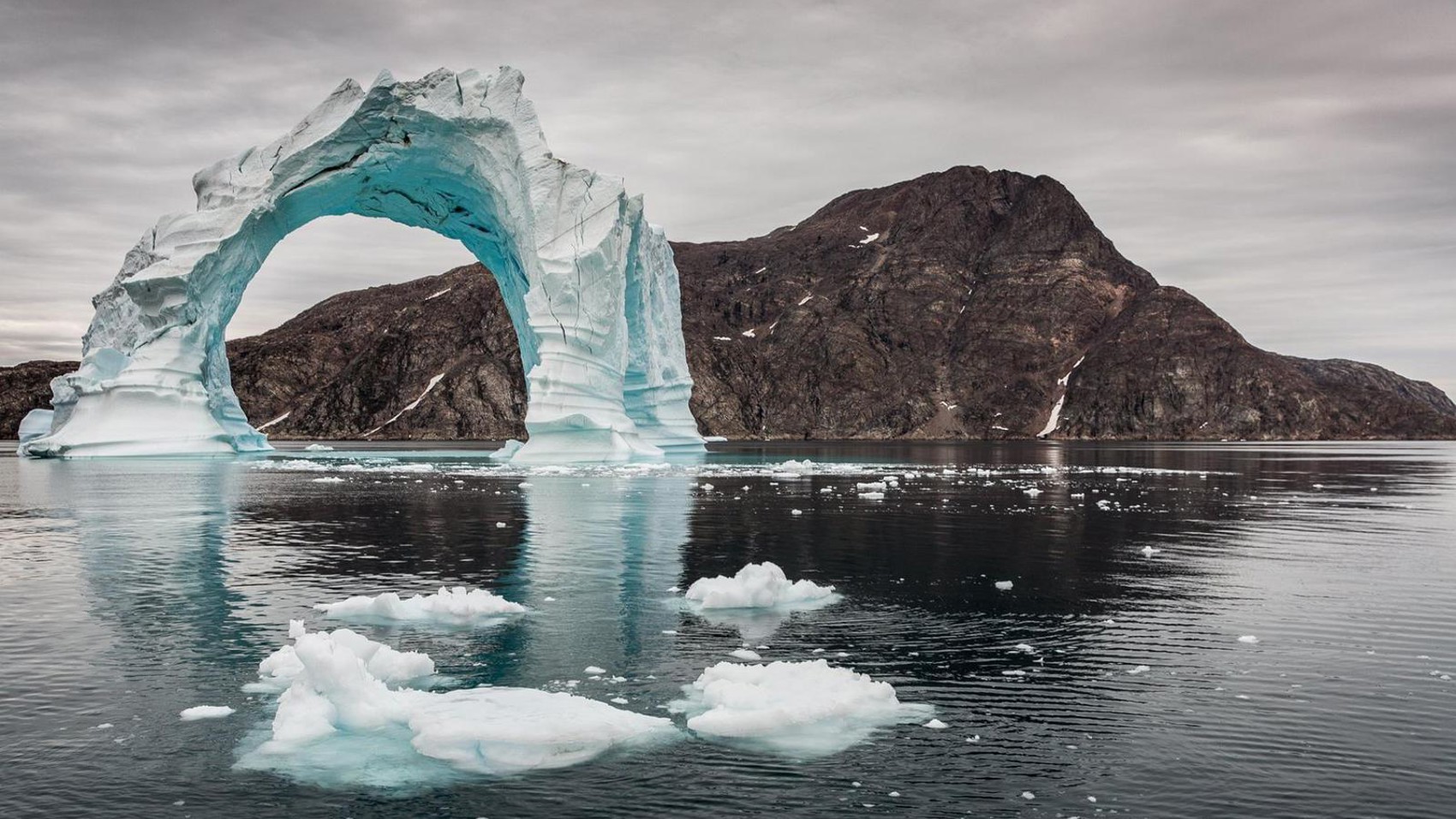

How would you describe life in Greenland?
You live in small communities. The largest community on the east coast has around 2000 inhabitants. The communities on the west coast are a little bigger and this is also where we find the capital Nuuk, which has around 18,800 inhabitants. The life in Greenland is family oriented, and very far from all type of consumerism and status symbols. The distances are great and the infrastructure is unlike our own – there are no road and train connections. In Greenland you are completely dependent on flight, helicopter and boat connections. To go between smaller settlements in the winder time, they use snowmobiles or dog sleds, and during the few months of the year when the ice loosens its grip, they can use smaller boats.
Greenland is an island in change, life and opportunities differ on the east and west coasts. Traditions and pride are strong among the Inuit population, while new influences and opportunities in education, work and technology, mostly on the west coast, create a developing Greenland.
What do you love most about Greenland?
I get that question a lot. The nature in Greenland is magnificent, with deep fjords filled with iceberg, high snow-capped mountains, small communities with colorful houses against a background of the world's second largest ice sheet – the Greenland Ice Sheet. But Greenland wouldn't be so special if it weren't for the amazing people who live there. Because the island is isolated and quite expensive to get to and from, large parts of its population lack the opportunity to travel outside of Greenland. Therefore, there is a great need among the population to meet and talk to visitors. All the Greenlanders I have had the privilege of meeting have been incredibly hospitable, curious and open. Amazing people from whom I have learned a lot. While they are curious about the outside world, they also cherish their own culture, traditions, and way of life. If you come as a guest to Greenland with an open and curious mind, you will be warmly welcomed.
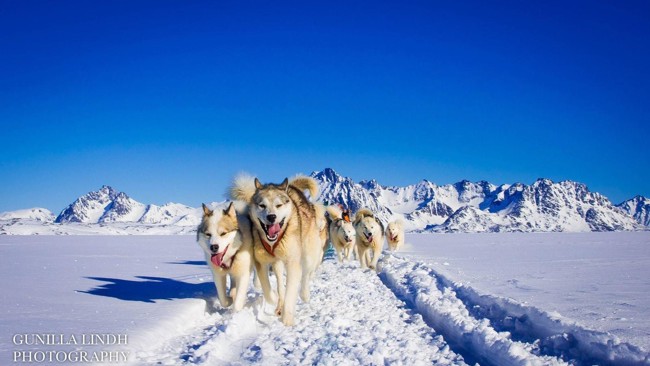

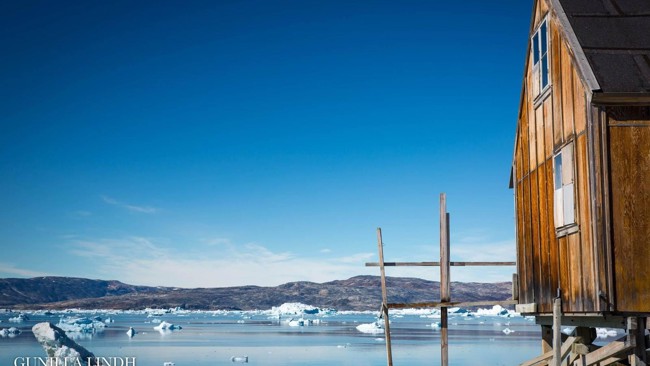

Could you tell us about the food in Greenland?
Most of the time I have spent in Greenland I have been on the east coast, in small settlements where logistics and connections are few. In these places, hunting and fishing are large parts of everyday life to supplement the goods that can be imported. With the Greenlandic terrain and climate, it is difficult to grow fresh produce that we are used to in Europe. A supply ship visits the communities on the east coast once in the spring and once in the autumn to supply them with goods that last a long time. The vegetables and the fruit you find in the store are mostly frozen to last longer, a smaller range of fresh fruit and vegetables is flown in from Iceland, but this is both expensive and in a small scale.
The Greenlandic diet consists largely of fish and seal meat, as these are fished and hunted locally in Greenland. My diet for long periods in Greenland consisted mostly of seal meat, a dark red meat that taste best when grilled with lots of pepper and thyme. It was also a great honor for me to be offered raw seal liver during a hunting ritual on the ice. It showed that I had really been accepted into the fine Greenlandic culture and meant a lot to me personally. The liver was so fresh it oozed heat.
You talk a lot about the importance of getting the outside world to Greenland. How do you mean?
Although Greenland belongs to Denmark, it is an isolated part of the world. Employment is low, it is difficult to get an education and many of the community-supporting jobs such as police and fire brigade are held by Danes. But with tourism comes more opportunities for work and economic growth to the people of Greenland. It becomes a mutual exchange of personal meetings, experience and opportunities.
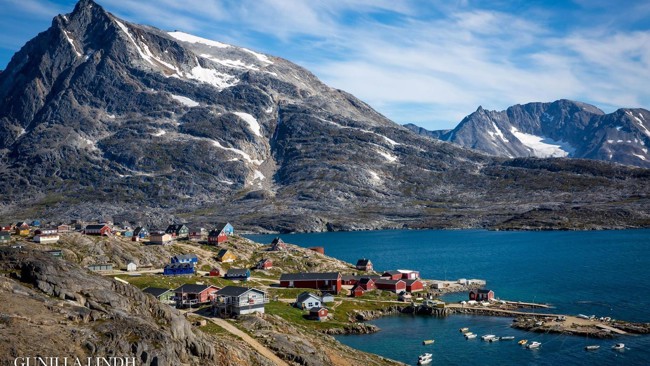

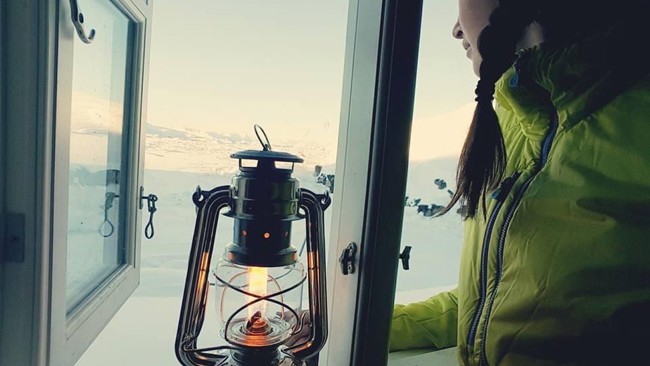

How do Svalbard and Greenland differ?
I usually say that Greenland is like a mixture of Svalbard and Northern Norway. But the fjords are deeper, the mountains are higher, the icebergs and glaciers are bigger. The small communities are like blobs of colour, almost like fairytale villages. In addition, Greenland is much greener than Svalbard and has its own special culture and ancient traditions. The wildlife is different, in Greenland the big attraction is whales.
What type of traveller will get the most out of a trip to Greenland with PolarQuest?
A person who is genuinely interested in nature and would like to experience a stunning landscape. Greenland is also for the one that has a curiosity for new cultural impressions and openness to communicate and learn from people from a culture very different from our own. If you are curious and open-minded, there is a good chance that you will be invited for coffee when we visit isolated Inuit communities. The Inuit will want to share everything with their big, almost toothless smiles and try to communicate in any way they can. We will do some disembarkation with hikes and the terrain is not always super easy.
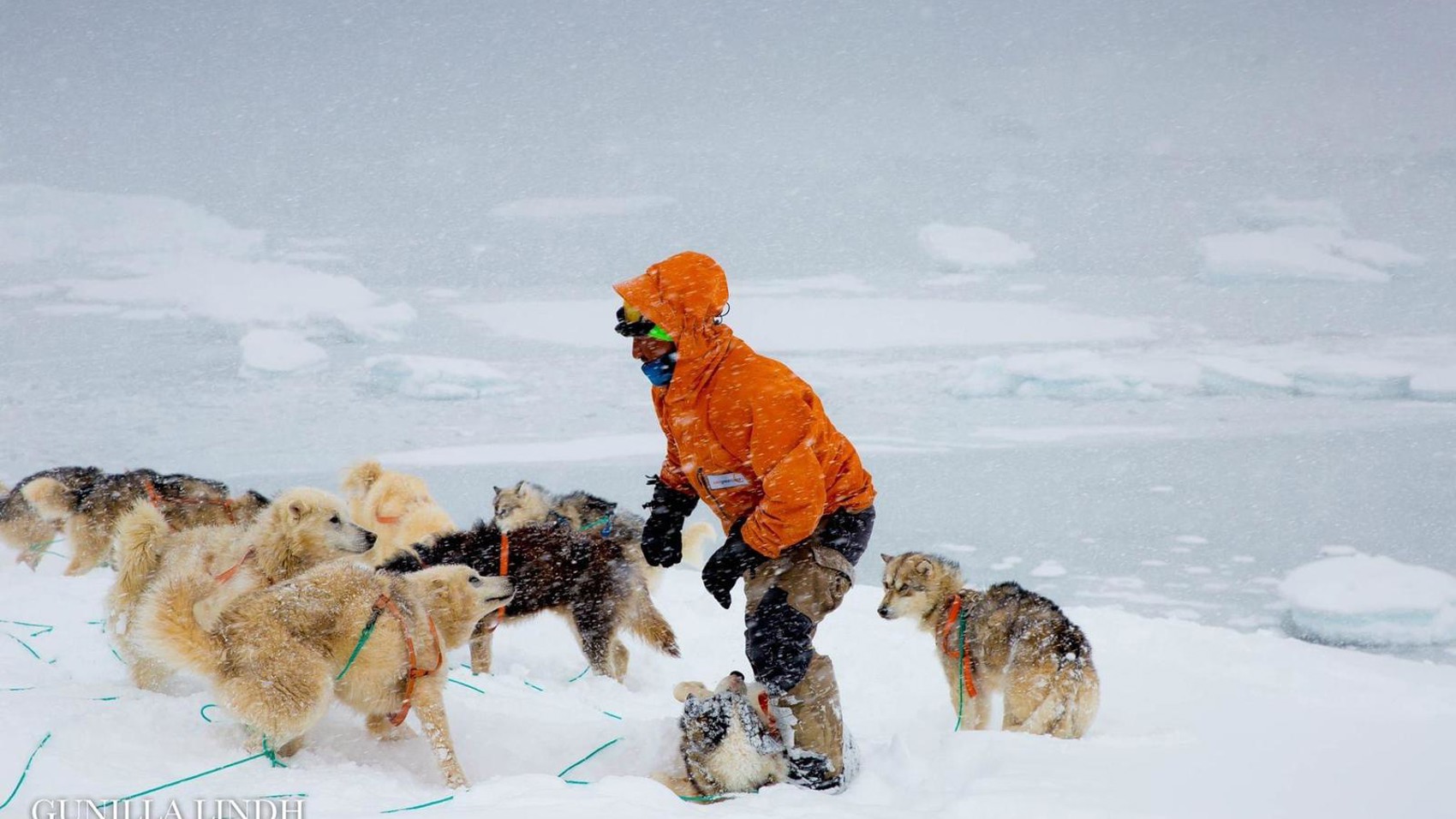

What characterizes West Greenland?
The Disko Bay area is known for its diverse and astonishing landscape, including unique geological formations, deep fjords, springs and caves, magnificent towering icebergs, and impressive glacier faces. The ocean is home to humpback, minke and pilot whales and ashore we might meet reindeer and Arctic foxes. There are significantly more people living here than on the east coast.
What characterizes East Greenland?
A wonderful and dramatic nature and the feeling of being at the end of the world, in the most positive sense. The communities are extremely isolated here and the silence unreal. The chance of seeing polar bears and musk oxen is greater than on the west coast. The east coast of Greenland is to me the most beautiful place in the world.
What do you think the guests will take with them from the trips?
An almost religious feeling of the magnificence of nature, fond memories of the atmosphere on board and warm meetings with local people. A greater understanding of how to protect one of the last unspoiled wildernesses in the world!








